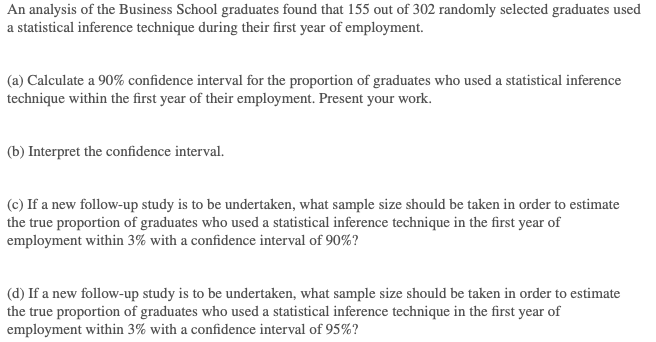Question
9.35 Nikkei 225. If we know how the New York stock market performs today, can we use that information to predict whether the stock market


9.35 Nikkei 225. If we know how the New York stock market
performs today, can we use that information to predict whether the
stock market in Japan will go up or down tomorrow? Or is the
movement of the Japanese stock market today better predicted by
how the Japanese market did yesterday? The file Markets contains
data from two stock markets for 56 days. The variables recorded are
Date; Nik225ch (the one-day change in the Nikkei 225, a stock
index in Japan); DJIAch (the one-day change in the New York-
based Dow Jones Industrial Average from the previous day); Up (1
or 0 depending on whether or not the Nikkei 225 went up on a
date); and lagNik (the one-day change in the Nikkei 225 from the
previous day). Thus if we want to predict whether the stock market
in Japan will go up or down on a Tuesday, we might use the
Monday result from Japan ( lagNik) or the Monday result from
New York ( DJIAch)? remembering that when it is Monday
evening in New York, it is Tuesday morning in Japan.
a. Fit a logistic model with Up as the response and DJIAch as
the predictor. Is DJIAch a significant predictor of the
direction the Nikkei 225 will go the next day? Explain the
basis for your conclusion.
b. Fit a logistic model with Up as the response and lagNik as the predictor. Is lagNik a significant predictor of the
direction the Nikkei 225 will go the next day? Explain the
basis for your conclusion.
c. Compare the models in part (a) and part (b). Which
variable, DJIAch or lagNik, is a more effective predictor of
where the Nikkei 225 is going the next day? Explain the
basis for your decision.



Step by Step Solution
There are 3 Steps involved in it
Step: 1

Get Instant Access to Expert-Tailored Solutions
See step-by-step solutions with expert insights and AI powered tools for academic success
Step: 2

Step: 3

Ace Your Homework with AI
Get the answers you need in no time with our AI-driven, step-by-step assistance
Get Started


